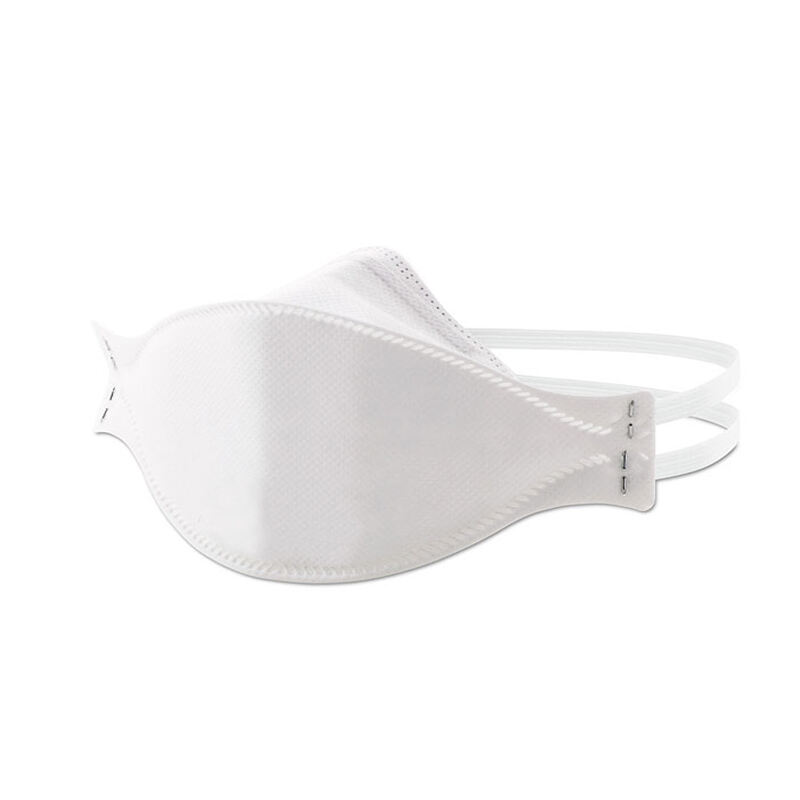Compression stockings are special socks that assist people with medical issues such as swollen legs, varicose veins and compromised blood flow. These socks can be purchased in various tightness settings, or compression levels. You have to figure out the perfect balance of tightness. How to pick Right Compression Level for Medical Stockings // Learn about!
Why Compression Levels Matter
Compression levels indicate how tight the socks feel on your legs. The pressure that the stockings create helps your blood stream more easily and keeps swelling to a minimum. Compression is accessed in three levels, mild, moderate, and high. Each kind is designed to treat certain medical conditions. It is crucial that you listen to your doctor when deciding on the proper level of compression for your stockings.
What’s to consider when choosing a compression level?
When selecting the best compression level in your stockings, there are many factors to consider. Your doctor will help you figure out which is the best level for you given your health and your symptoms. Some of the things you will want to consider are how severe your condition is, how well you can move, and how easy it is for you to put on and remove the stockings. Picking the right level of compression is crucial for optimal results and comfort.
Finding the Best Pick for Your Needs
To see which is best for your medical needs, you'll want to take careful measurements of your legs. Compression stockings are available in various sizes to fit different leg dimensions and lengths. To be sure that the stockings will fit well, you should measure around your ankle, calf and thigh. The right fit helps with blood circulation and maximizes comfort. If you are not sure of your size, ask your doctor or a health care aide.
Types Of Mild, Moderate, And High Compression Stockings
Mild compression stockings are the lightest, and are best for minor swelling or discomfort. They are frequently used to help prevent blood clots while traveling or for minor aches and pains in the legs. Tight relief: Moderate compression stockings are tighter and good for medium swelling, varicose veins and after surgery. Compression stockings with a high rating are the most tight and are optimal for severe swelling and other major issues. Different types of compression help with different issues, so it’s essential to pick the right one for you.
How to Use Compression Stockings
Here are some helpful tips on how to get the most health benefits from compression stockings:
Put on your stockings in the morning, when your legs are less swollen.
Ensure that your stockings are smooth, not wrinkled, to prevent skin irritation.
Replace your stockings every 3 to 6 months, or as your doctor recommends.
Treat your stockings to a gentle wash with mild soap and let them air dry to keep them stretchy.
Do not wear tight clothing or such shoes, boots, bandages or skates that would restrict blood flow while you are using compression stockings.
By knowing the significance of compression levels, considering other things when choosing the level that is right for you, getting an exact fit and as well as, gauze understanding the contrasts between mild, moderate, and high compression stockings and by following proper application guide, you could make the most of your Medical Compression Stockings. Keep in mind, though, that you should never make medical decisions based on what you read online, and always consult with your doctor for personalized advice about what the best level of compression is for you for your health!

 EN
EN
 AR
AR
 BG
BG
 HR
HR
 CS
CS
 DA
DA
 NL
NL
 FI
FI
 FR
FR
 DE
DE
 EL
EL
 HI
HI
 IT
IT
 JA
JA
 KO
KO
 NO
NO
 PL
PL
 PT
PT
 RO
RO
 RU
RU
 ES
ES
 SV
SV
 CA
CA
 TL
TL
 IW
IW
 ID
ID
 LV
LV
 LT
LT
 SR
SR
 SK
SK
 SL
SL
 UK
UK
 VI
VI
 SQ
SQ
 ET
ET
 GL
GL
 HU
HU
 MT
MT
 TH
TH
 TR
TR

